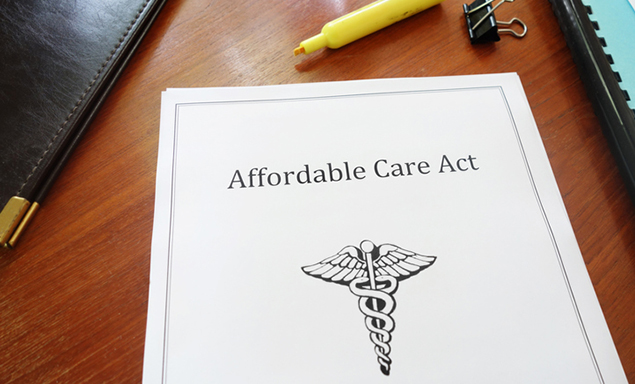
The Facilities for Medicare and Medicaid Providers right this moment launched the ultimate rule to alter the methodology for the U.S. Division of Well being and Human Providers’ danger adjustment knowledge validation (HHS-RADV) program.
This system, which has operated for the reason that 2017 profit 12 months, offers funds to insurers that cowl high-risk, high-cost people. The funds are funded via fees to insurers that cowl lower-risk enrollees. Insurers submit their very own knowledge, so HHS-RADV works to confirm that the info is correct and full primarily based on the dangers of their members.
In CMS’ closing rule, the error-rate calculation and the applying of HHS-RADV outcomes have been up to date.
HIMSS20 Digital
Be taught on-demand, earn credit score, discover merchandise and options. Get Began >>
WHAT’S THE IMPACT?
Threat adjustment knowledge validation verifies that analysis codes submitted for fee are supported by medical document documentation. Its function is to make sure risk-adjusted fee integrity and accuracy, and it impacts what plans are paid.
One change is to the error price calculation, the methodology that CMS makes use of to find out changes to insurers’ beforehand calculated danger adjustment danger scores and transfers. The error-rate calculation is partly primarily based on the payer’s failure price, a measure of its failure to validate diagnoses and situations related to enrollees chosen for audit.
Presently, HHS-RADV solely makes changes to an insurer’s danger rating when the failure price goes past a sure threshold making the payer an outlier.
With the ultimate rule, for 2019 profit 12 months HHS-RADV and past CMS will make three updates to the error price calculation:
First, it would modify the best way that it teams medical situations inside the similar hierarchical situation class (HCC) coefficient-estimation teams in danger adjustment to find out failure charges for these HCCs. This replace will higher account for the problem in categorizing sure situations and to, due to this fact, refine how the error price calculation measures danger variations inside and between situation groupings, in response to CMS.
The second change to error price calculations is to scale back the magnitude of risk-score changes for issuers near the brink used to find out whether or not an issuer is an outlier. Beneath present pointers, a “fee” cliff is created between insurers who fall simply inside the threshold and with those that simply qualify as an outlier. The replace works to mitigate the variations in danger scores and transfers, CMS mentioned.
The final replace will modify the error-rate calculation in circumstances the place outlier insurers have a unfavourable failure price. Sometimes, constructive error charges mirror the next failure price and unfavourable error-rates mirror a decrease failure price. Nevertheless, low failure charges usually are not at all times as a result of extra correct knowledge submission, in response to CMS.
A low failure price can be as a result of not figuring out situations that ought to have been reported in danger adjustment. The modifications refine the error-rate calculation to mitigate the impression of changes that end result from unfavourable error charges pushed by newly discovered situations.
The updates associated to the applying of HHS-RADV outcomes will switch the outcomes to regulate the danger scores and switch quantities for the profit 12 months being audited. Presently, HHS-RADV outcomes are used to regulate the following profit 12 months danger rating and transfers.
This variation addresses stakeholder issues about making changes to danger scores utilizing HHS-RADV knowledge from the 12 months earlier than the time a payer’s danger profile, enrollment or market participation may change from one profit 12 months to the following. CMS additionally mentioned it might be a fairer course of for insurers who’re new to the state market danger pool, as a result of they will not be topic to HHS-RADV changes from a profit 12 months wherein they didn’t supply plans.
THE LARGER TREND
Due to the COVID-19 pandemic, CMS postponed the 2019 profit 12 months HHS-RADV course of till 2021 to “enable issuers and suppliers to deal with the well being and security threats presently confronted by enrollees, members, and different impacted people as a result of COVID-19 pandemic,” it mentioned in its letter.
HHS has since revealed a timeline for the 2019 profit 12 months with Preliminary Validation Audit samples being launched in January 2021.
It anticipates that the 2020 benefit-year HHS-RADV will begin as typical with the discharge of IVA samples in Might 2021. CMS mentioned it would proceed monitoring the COVID-19 pandemic and can make changes to this timeline as wanted.
ON THE RECORD
“CMS is dedicated to persevering with to observe and refine the HHS-RADV methodology and program necessities,” CMS mentioned in its reality sheet. “CMS designed the ultimate rule to assist enhance the predictability of HHS-RADV outcomes, whereas mitigating the burden to insurers.”















